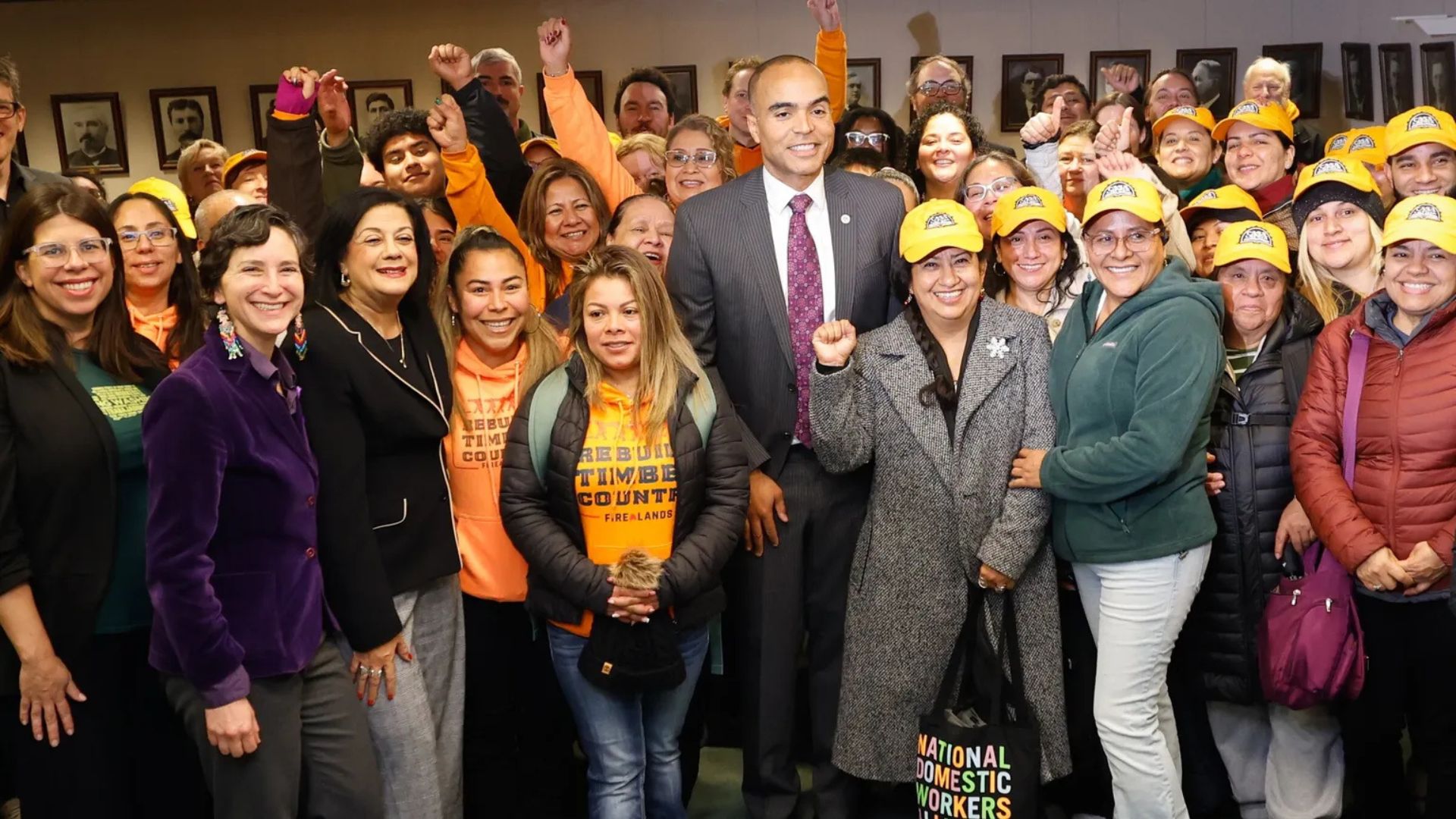
Recent workforce reductions by several major national retailers are having notable effects in Washington state, where both local economies and retail activity are feeling the impact.
Amazon, one of Washington’s largest employers, is reportedly cutting more than 2,300 corporate jobs across the state, with nearly 1,900 based in Seattle. The layoffs are expected to significantly affect the city’s payroll tax revenues, potentially reducing collections from Seattle’s “JumpStart” tax by as much as $12 million. Local economists also warn that the loss of high-paying jobs could dampen consumer spending, leading to declines in retail sales and restaurant activity across the region.
Starbucks, also based in Seattle, will eliminate about 900 non-retail positions and close select underperforming coffeehouses as part of its “Back to Starbucks” restructuring plan. While the company continues to invest in store remodels and new openings, these cuts underscore its focus on improving operational efficiency and customer experience. The closures will reduce Starbucks’ North American store count by about one percent before expanding again in 2026.
Walgreens Boots Alliance recently announced another round of layoffs and continues to scale back operations nationwide. While its latest 80 corporate job cuts are centered in Illinois, Washington has already seen local store closures in cities such as Tacoma. These closures limit pharmacy access for residents in underserved areas and can weaken nearby retail corridors that depend on consistent foot traffic.
Target Corporation plans to eliminate about 1,000 corporate roles and close 800 open positions as it streamlines operations. Though no store-level jobs are affected, the changes could influence future investments and hiring across Washington’s retail sector.
Together, these decisions reflect an ongoing recalibration across national retail chains, with Washington communities bracing for downstream effects on consumer confidence, local tax revenues, and employment stability.

